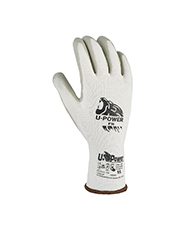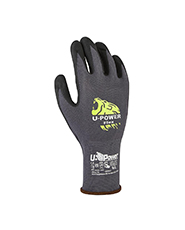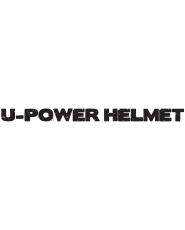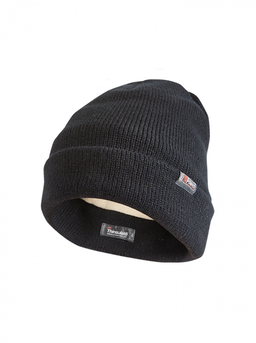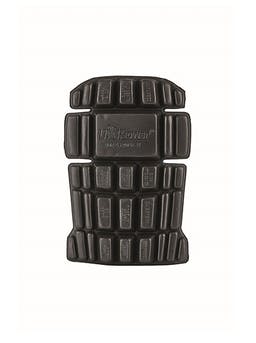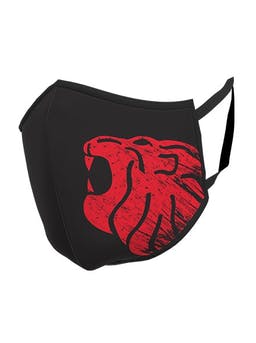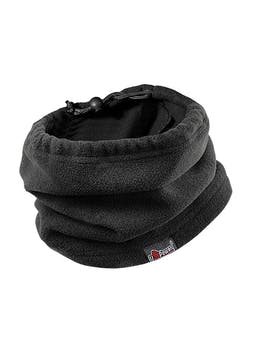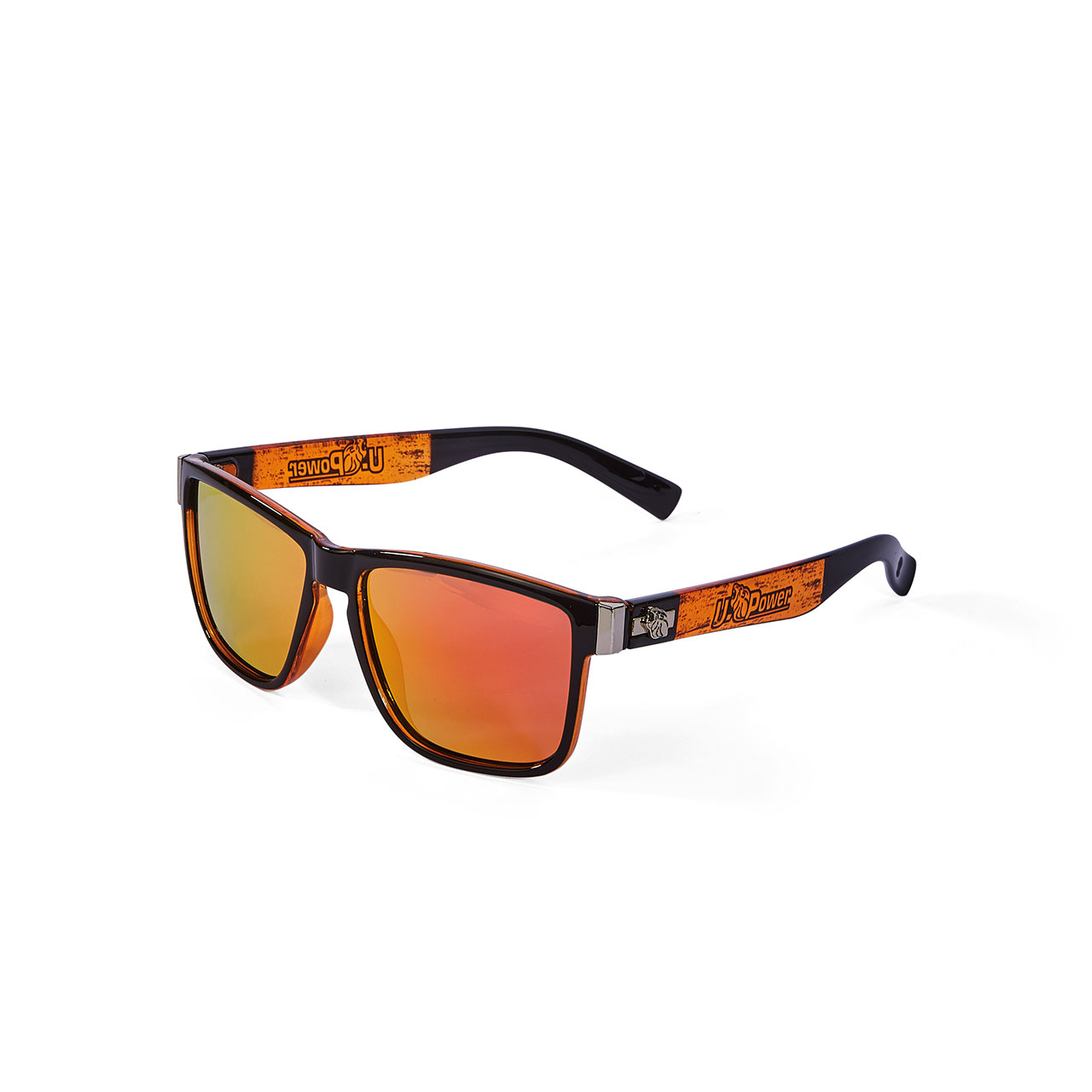WHICH ARE THE DIFFERENCES BETWEEN S1P AND S3 SAFETY SHOES?
EUROPEAN STANDARDS SAFETY SHOES AND PROTECTION CLASS

Safety at work is an essential prerogative for workers to be able to give their best in a state of absolute serenity.
But how can you be sure of working safely?
The European standard EN ISO 20345 provides guidelines that define the differences between a professional shoe and a safety shoe and outlines the required protection requirements by profession.
How to properly choose work footwear for your profession?
When choosing the right work shoes, it is important to consider the working environment, your tasks, and the risks you may run in performing your duties.
The European Standards is the document that regulates safety at work and the reference point from which to start.
Let’s see what it is.
- EUROPEAN LEGISLATION AND PROTECTION CLASSES
- DIFFERENCES BETWEEN SAFETY FOOTWEAR S1P AND WORK SHOES S3
- CLASSES OF PROTECTION AND PROFESSIONS
EUROPEAN LEGISLATION AND PROTECTION CLASSES
The European regulations governing personal protective equipment (PPE) are different, but those that refer to safety shoes - and to which we will refer - are the EN ISO 20344:2011 and EN ISO 20345:2011. They define the protection of safety footwear by means of alphanumeric codes.
Safety shoes protect against the dangers arising from the performance of their work, such as:
- Mechanical hazards: falling of heavy objects on the tip of the foot or presence of nails or other sharp objects that could penetrate the sole.
- Thermal hazards: heat, cold, steam, etc.
- Chemical hazards: presence of acids, fuel, solvents, etc.
- Electrical hazards: electric discharges.
- Various hazards: slipping, crooked, etc.
The acronym of work shoes is a talking acronym that identifies all the protective characteristics of the shoe, an important issue that we discussed in a previous article and that we are now going to address in more detail. Let’s start by making a distinction between protective footwear, safety footwear and work footwear:
- Safety footwear is defined by the abbreviation S and is equipped with a toe cap that can withstand an impact of at least 200 J and a compression of at least 15 kN.
- The protective shoes are recognizable by the letter P and the toe cap they are equipped with has an impact resistance of 100 J and a compression of 10kN.
- Finally, work shoes - identified by the letter O - have no toe cap, but have at least one protective component, such as the anti-perforation system.
Now, let’s see how to read the acronym on the label of safety shoes by examining the safety shoes that are the most protective and complete. Take for example an S1P SRC ESD shoe, where:
- S1P: indicates the presence of an anti-perforation insole.
- SRC: is the acronym for slip resistance.
- ESD: Certifies protection against electric shocks.
But what kind of protection can our safety footwear have?
Let’s see more closely the differences also according to the profession.
DIFFERENCES BETWEEN SAFETY FOOTWEAR S1P AND WORK SHOES S3
As you can see, not all work shoes are the same.
There is a significant difference between a basic safety shoe and a safety shoe. Not surprisingly, the class of protection of these two types of shoes is identified by two different acronyms; in the first case we talk about work shoes SB (Shoe Base), while in the second we talk about work shoes S, by Safety.
Do you know all the safety classes for safety shoes?
The safety classes range from S1 to S5 and the degree of protection they certify is increased - as we have already mentioned - by additional acronyms, such as CI, ESD, SRC, AN etc. Let’s find out more in detail.
WORK SHOES SB
Are the basic safety shoes and equipped with minimum requirements, namely:
- Toe cap with resistance to 200 J.
- Leather upper crust, microfiber, or similar materials.
- Minimum height of the upper.
- Non-slip sole.
WORK SHOES S1
The S1 shoes are the first real class of protection and, in addition to the requirements of footwear SB, provide:
- Closed back (also low footwear).
- Anti-stativity.
- Hydrocarbon resistant sole.
- Heel energy absorption capacity.
WORK SHOES S1P
Very often, to the acronym S1, letter P is associated. This letter indicates the presence of an anti-perforation insole that protects the sole of the foot from the presence of sharp and sharp objects, such as splinters or nails.
The S2 shoes have the same characteristics as the S1 shoes but are complemented by the dynamic waterproofness of the upper use material (waterproof and not to all liquids).
The presence of the letter "P" indicates, as in the case of the abbreviation S1P, the presence of an anti-drilling system.
WORK SHOES S3
Then follow the safety shoes S3, safety footwear that enclose all the features of the previous footwear with the addition of a sole with dowels or carving resistant to hydrocarbons.
WORK SHOES S4 AND S5
On the other hand, work shoes in protection class S4 and S5 correspond to footwear that can withstand total immersion and are characterized by:
- S4: reinforced toe cap, anti-slip and antistatic sole, heel protection.
- S5: all the features of S4 footwear with the addition of anti-perforation protection.
In addition to these basic acronyms, there are additional ones that indicate additional protections, such as:
- WR: water resistant upper.
- CI: cold insulation.
- HI: heat insulation.
- HRO: high temperature resistant sole up to 300 ºC for one minute.
- AN: reinforcement for the protection of the malleolus.
- SRC: non-slip-on ceramic, detergents, steel, and glycerine surfaces.
They are, to name a few. To learn more, see the dedicated page on our website.
CLASSES OF PROTECTION AND PROFESSIONS
Returning to the theme of our article, then, the main difference between the work shoes S1P and the safety shoes S3 consists in the water resistance property of the latter.
But in what work situations are they suitable and for what professions?
The S1P work shoes are ideal for dry environments or those who work indoors such as in the construction industry, industries, and logistics, for artisans such as carpenter, gas engineer, electricians and in industry.
While the safety shoes S3 are suitable for humid environments or for those who work outdoors. It is the recommended work footwear for the construction industry, for masons and carpenters, in workshops, in agriculture and gardeners, for gas stations, etc.
The additional protections meet the specific needs of the various working areas. If you work on the road, for example, you are an asphalt climber and you are often dealing with incandescent surfaces, opt for an HRO-certified shoe.
If you work in the electronics or microelectronics industry, opt for a shoe with the acronym ESD, which certifies the protection against electrostatic discharges.
A further element that affects the perception of well-being and safety are advanced technologies to meet the specific needs of workers, such as the Infinergy® system of the Red Lion line ensures an energy return of more than 55% with every step. Or the Red Carpet technology of the eponymous line, shoes for working on your feet for many hours; or the Red Industry line with revolutionary WOW2 insole for unprecedented comfort.
Therefore, when you are about to buy safety shoes, you must know which requirements they must meet according to your needs to ensure safety concerning your profession.
U-Power, your safety first of all.
If you want to deepen the subject and want more information, do not hesitate to contact us using the form below. Our technical staff will be happy to answer to your questions as soon as possible.
You ask, U-POWER, answer!





























































